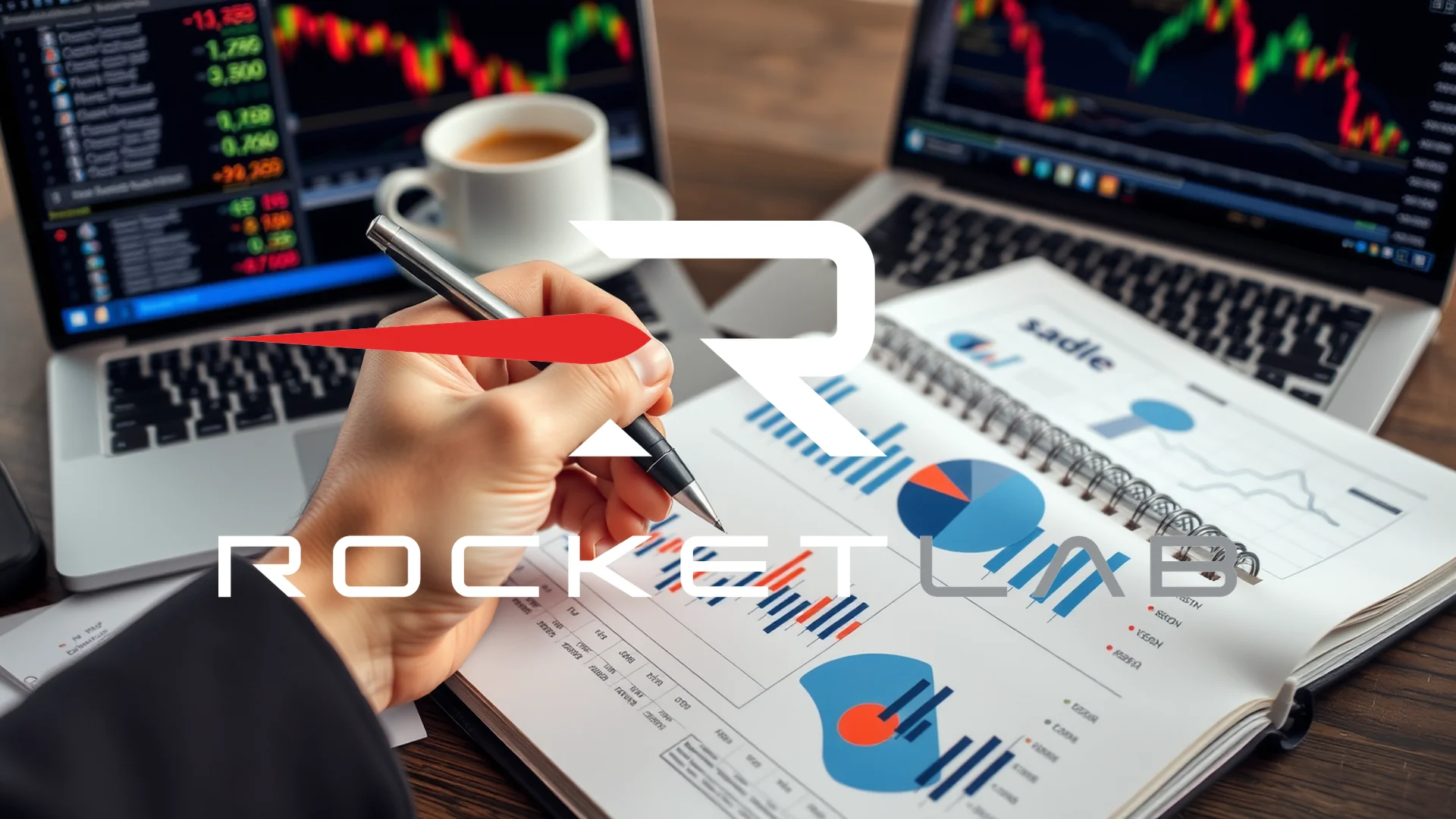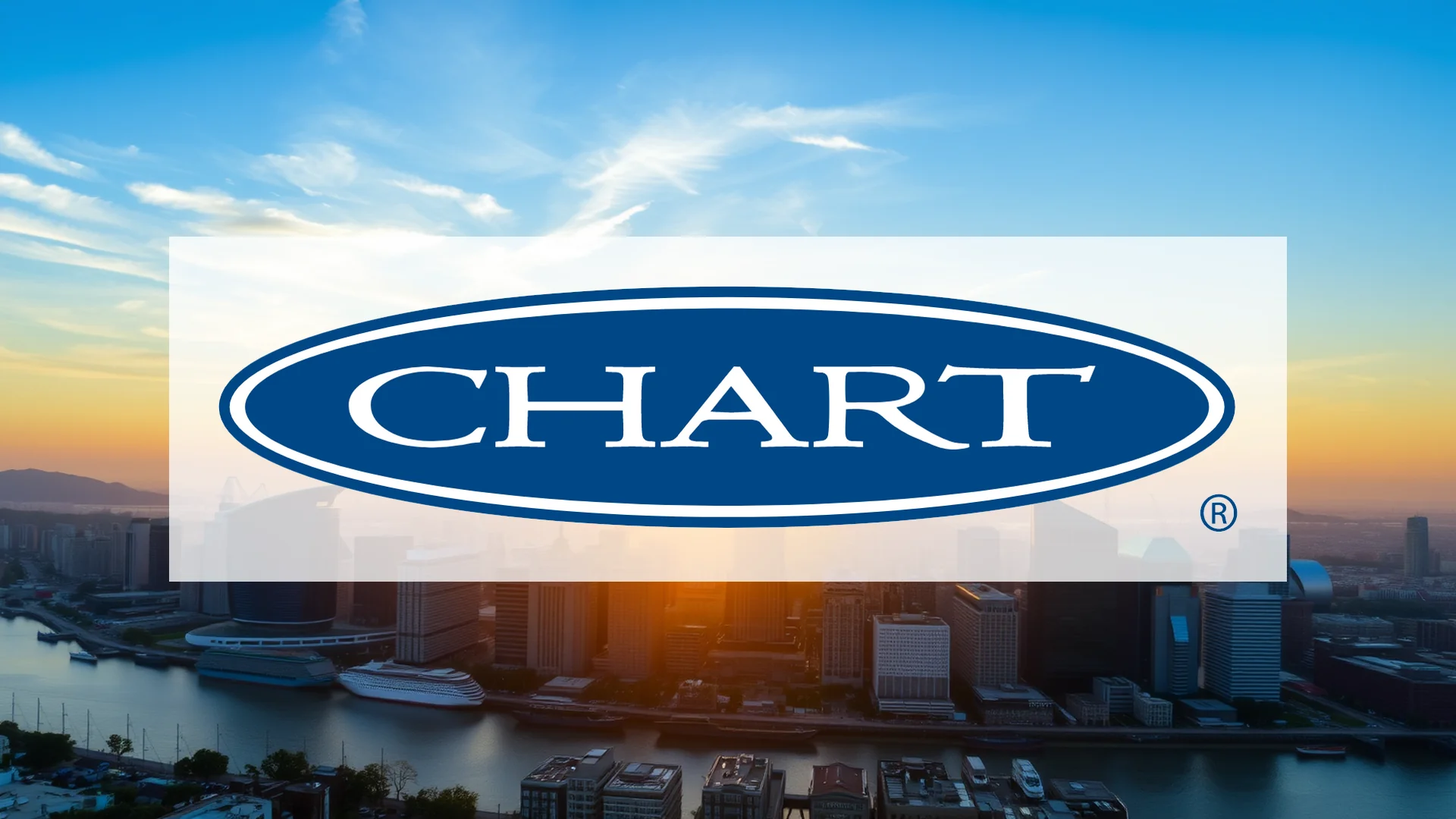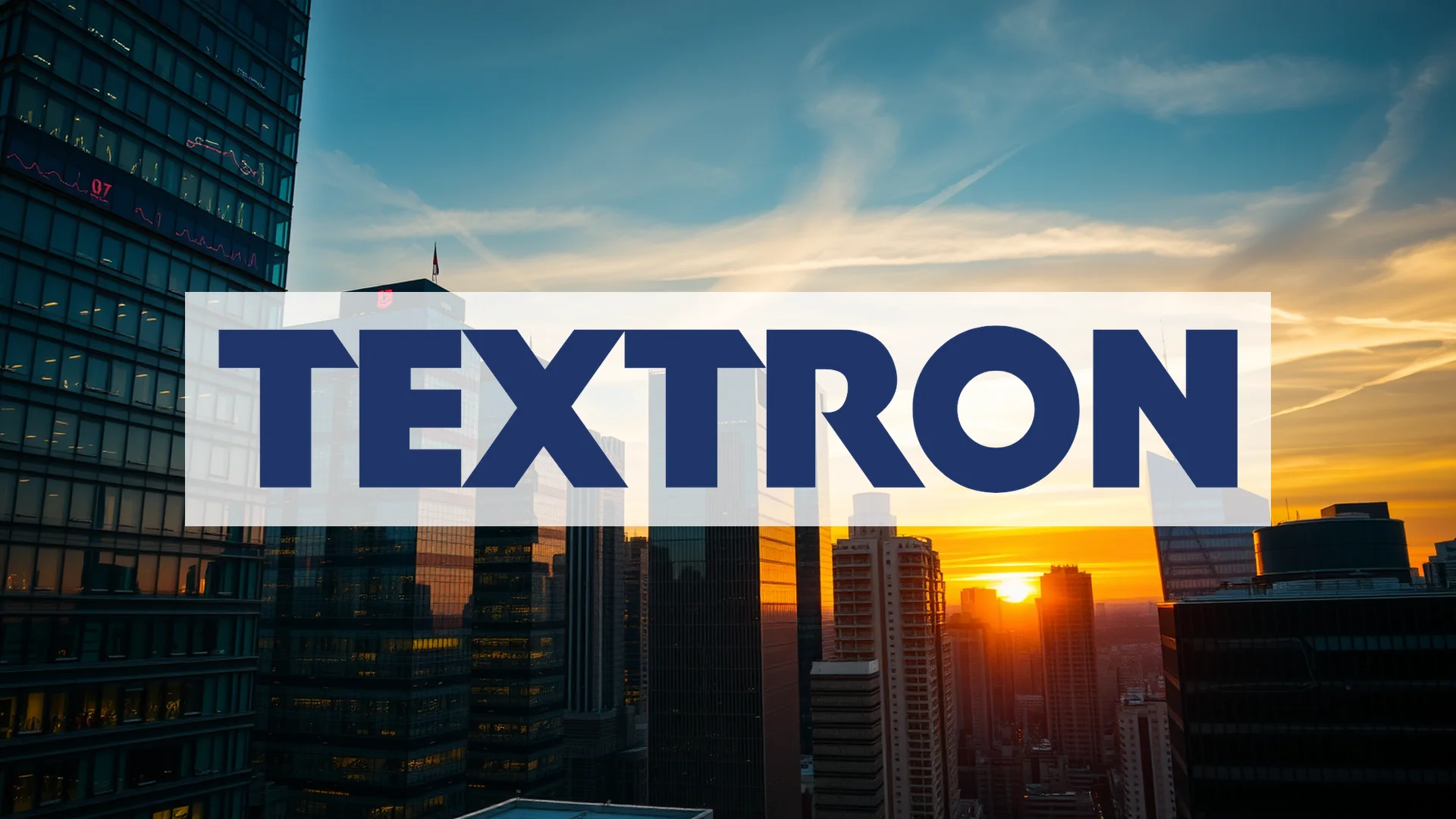The semiconductor equipment leader Applied Materials finds itself navigating a complex landscape, caught between significant revenue threats from tightened U.S. export controls to China and simultaneous analyst optimism driving price targets to unprecedented levels. Market experts are closely watching whether the company can successfully balance these opposing forces.
Analyst Confidence Defies Regulatory Challenges
Despite facing substantial financial headwinds, Applied Materials continues to receive strong endorsements from financial institutions. Goldman Sachs recently reaffirmed its “Buy” rating while lifting its price objective to $250. Similarly, Wells Fargo increased its target to the same level, demonstrating broad-based confidence in the company’s strategic direction.
This optimistic outlook persists even as KeyBanc Capital Markets projects significant revenue impacts from recent regulatory changes. The financial services firm estimates Applied Materials could face a $110 million revenue shortfall in the fourth quarter of 2025, with the annual impact for 2026 potentially reaching approximately $600 million. Paradoxically, KeyBanc simultaneously raised its price target from $220 to $240 while maintaining an “Overweight” recommendation.
Regulatory Environment Intensifies
The regulatory landscape for semiconductor technology exports to China has undergone significant transformation. Since September 29, 2025, Applied Materials has been required to obtain export licenses for specific products and services destined for Chinese customers. This represents a substantial operational challenge for a corporation with historically deep ties to the Chinese market.
Should investors sell immediately? Or is it worth buying Applied Materials?
Innovation Strategy Focuses on AI Semiconductor Technology
In response to these challenges, Applied Materials is executing an aggressive innovation strategy centered on artificial intelligence technologies. The company has launched multiple advanced semiconductor manufacturing systems, including the Kinex™ Bonding System and PROVision™ 10 eBeam Metrology System. These developments specifically target the production requirements for next-generation AI chips, encompassing everything from GAA transistors to high-bandwidth memory applications.
Perhaps more significantly, the company has established the “Materials-to-Fab Center” through a partnership with Arizona State University. This $270 million research facility aims to accelerate semiconductor innovation within the United States and stands to benefit from CHIPS Act programs. This strategic move appears designed to reduce dependence on international markets affected by trade disputes.
Market Performance and Future Outlook
From a technical perspective, Applied Materials shares recently displayed overbought signals with an RSI reading of 72.5 following a Friday pullback. Despite this, the stock continues to trade well above its key moving averages.
The critical question facing investors is whether the company’s AI-driven innovation pipeline can sufficiently offset revenue losses from Chinese market restrictions. Upcoming quarterly results scheduled for mid-November are expected to provide initial insights into whether the semiconductor equipment giant can successfully manage the delicate balance between geopolitical risks and technological advancement.
Ad
Applied Materials Stock: Buy or Sell?! New Applied Materials Analysis from November 27 delivers the answer:
The latest Applied Materials figures speak for themselves: Urgent action needed for Applied Materials investors. Is it worth buying or should you sell? Find out what to do now in the current free analysis from November 27.
Applied Materials: Buy or sell? Read more here...










